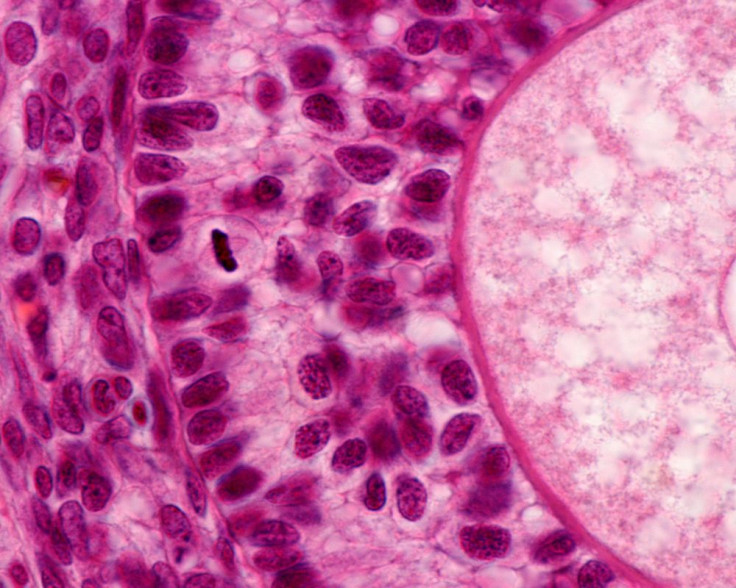Belgian Woman Giving Birth After Ovarian Tissue Transplant Could Pioneer Infertility Treatments

One Belgian woman made medical history after a piece of her frozen ovary tissue made it possible to give birth to a healthy baby boy, Time reported. The transplant is fully detailed in the journal Human Reproduction.
"This is an important breakthrough in the field because children are the patients who are most likely to benefit ... in the future," Isabelle Demeestere, a gynecologist and research associate at Belgium's Erasme Hospital, told Reuters. "When they are diagnosed with diseases that require treatment that can destroy ovarian function, freezing ovarian tissue is the only ... option for preserving their fertility." Such was the case for the Belgian woman, who wishes to remain anonymous.
Her ovary tissue was removed ahead of her sickle cell anemia treatment at age 13; the combined chemotherapy and bone marrow transplant would otherwise destroy the ovary’s function. The woman showed early signs of puberty before the tissue was removed, but after, she hadn’t developed her period and doctors worried her eggs might not fully mature, Newser added. Yet, once the tissue thawed out and was transplanted back into her body 10 years later, she not only got her period, but she got her wish to have a baby.
“There had previously been uncertainty as to whether ovarian tissue taken from young girls would later on be competent to produce mature, fertile eggs, so today's case is both reassuring and exciting," Adam Balen, a professor at the Leeds Centre for Reproductive Medicine, told Reuters. Though of course, this process and procedure is “no small undertaking.”
The Oncofertility Consortium at Northwestern University explains after the entire ovary is removed, “the outer surface (cortex) which contains the eggs is frozen in strips for later use.” While a number of pregnancies have resulted from this, the woman in Belgium is the first to see success from immature tissue.
Infertility is common, the Department of Health and Human Services reported; about one of every 10 women below the age of 43 has infertility. Ovulation problems lead causes of infertility, followed by blocked fallopian tubes, uterus shape, and fibroids, which are “lumps of extra uterine muscle that can form inside the uterus…and make it hard for fertilized eggs to attach.”
Suffice it to say this medical milestone could very well pioneer new infertility treatments.
Source: Demeestere I, et al. Live birth after autograft of ovarian tissue cryopreserved during childhood. Human Reproduction. 2015.



























